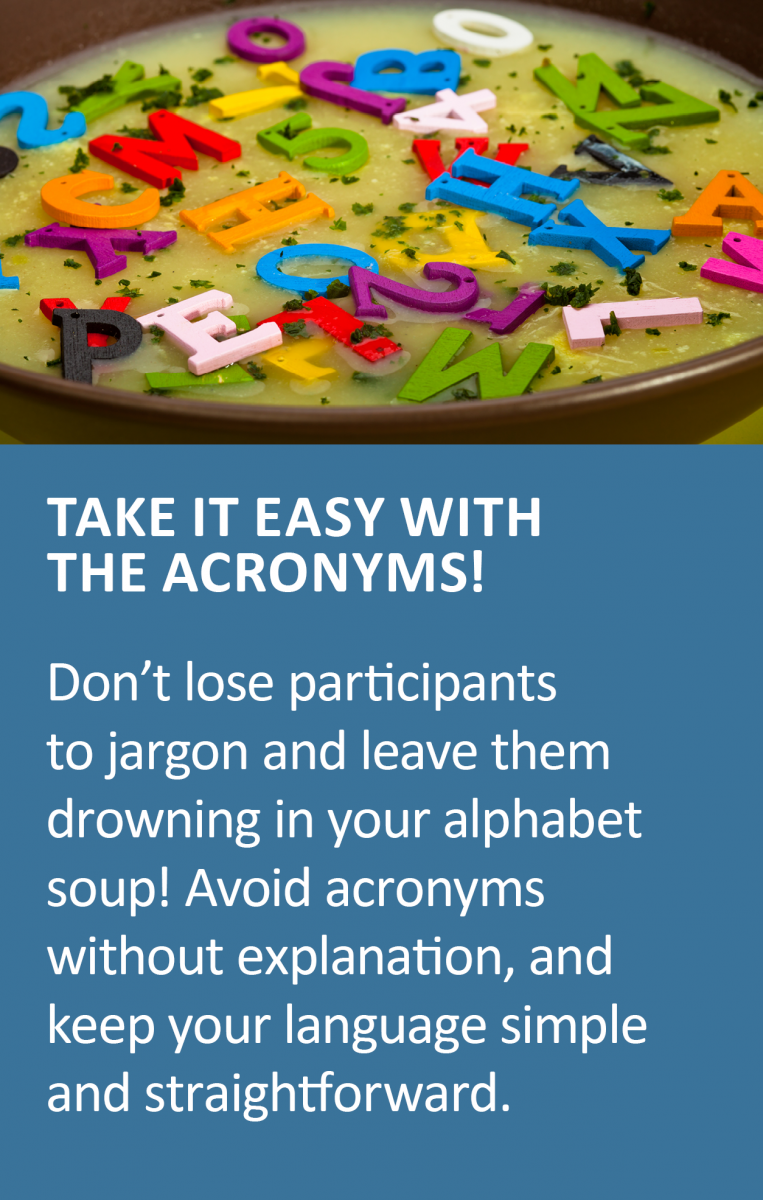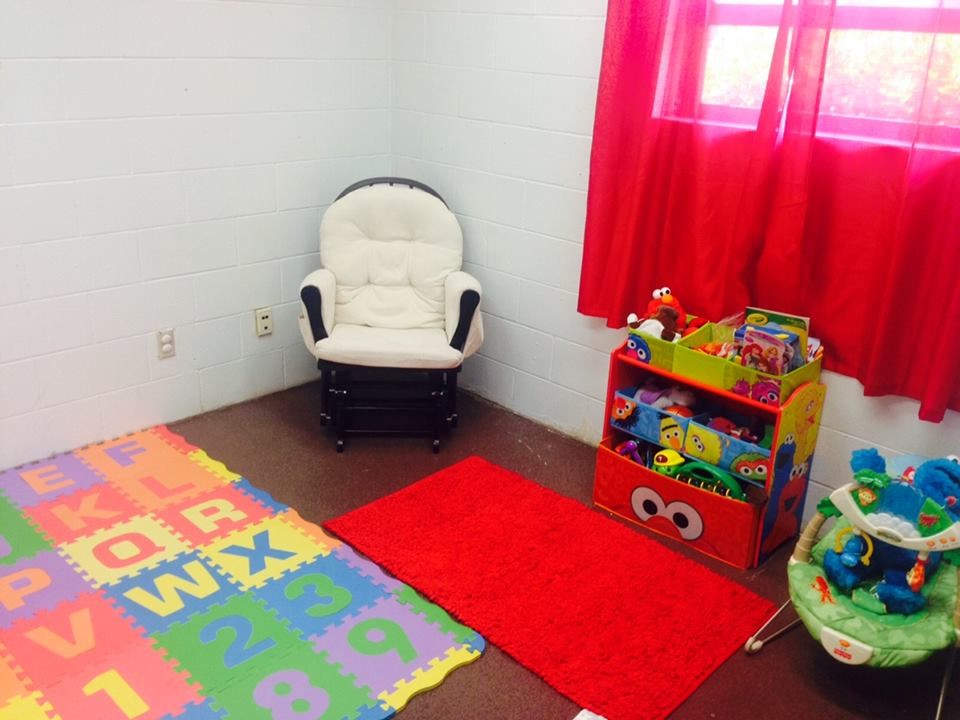First Impressions Matter
Tips to Keep Participants Coming Back for More

A special thank you to our partners at Public Strategies, Inc., the Just Beginning program, The Fortune Society, and STRIVE for sharing examples and insights in this post.
We all know how this feels: You walk into a shop or an office, take in the setting and the people and seconds later, you form an opinion: Wow! This place is nice! Or, oh! This place is awful!
And often, that first impression sticks.
Now imagine what it’s like for program participants when they walk through your front door. From the moment they interact with your staff members, they begin forming an impression of your program — and the services you have to offer. This first impression may determine whether they come back for services — or not.
First impressions can influence a participant’s willingness to enroll or stay engaged in the long-term.
Invariably, programs have one chance to make a first impression.
Here are some simple steps that managers and staff members can take to ensure it’s a good one.
Create Good Vibes
Front office and recruitment staff can help welcome — or scare off — new participants from the get-go.
Is this how you want to greet potential and current participants?

Or is this more like it?

 Here’s the takeaway. Staff members, especially those who work at the front desk, or in outreach or recruitment, should exhibit these key traits:
Here’s the takeaway. Staff members, especially those who work at the front desk, or in outreach or recruitment, should exhibit these key traits:
-
Strong interpersonal skills
-
A genuine interest in meeting and helping potential participants
-
The ability to explain program services, including:
-
A clear description of the services that are offered
-
How people benefit from the program
-
What steps are required in the application process along with a breakdown of all the necessary paperwork
-
When appointments are next available
-
-
Fluency in the languages spoken by target populations
Above all, it’s the way staffers interact with participants that counts. Front office staff members should greet participants without delay, and always with a smile and a warm hello. They should thank people for taking the time to come. If there is a wait, they can direct participants to the waiting area.
Wait time can be spun as an opportunity, not a burden: Can program personnel direct participants to start filling out paperwork? Could a staff person or volunteer take participants on a program tour? Can participants watch a video highlighting program services while they wait?
Once people are in the door, however, try not to keep them waiting! Work hard to stay on schedule with participant appointments and respect the demands on your participants’ time. Remember that new or current participants choose to engage in your program, so make it worth their while.
If These Walls Could Talk ... Guess What? They Can!
First impressions often start before even a single word is exchanged. What is the need-to-know information for your target population as soon as they walk in the door? Put it on the walls! Your reception area can help sell program services, relay important information about who you are as an organization, and set a welcoming tone.
In New York city, the entryway of the STRIVE program, which runs a responsible fatherhood program in addition to employment, training and certification services, features bright colors, motivational text, and colorful pictures of community members.

The New York City-based Fortune Society, which supports successful reentry into the workforce following incarceration, serves a diverse community and uses its wall space to highlight important people and historical events for its constituents. This includes milestones in African-American history and graphic illustrations of the lives of important historical figures.


Strategically organized wall space can also demonstrate that your program has participants’ needs in mind by providing information that is relevant and useful — for example, brochures from local partner agencies, tip sheets for parents or college students, or free reading materials for children. You might feature other information such as any of the following:
-
A prominent display of your program’s logo and catchphrase
-
Testimonials from current and former participants
-
A poster illustrating program outcomes
-
Flyers promoting upcoming events
-
A “Resource Corner” where flyers from partner agencies are displayed, including specific resources that appeal to target populations. These might include reading material on child development, information regarding college student concerns, brochures from programs serving fathers, or those that offer services targeting specific cultural, racial, or ethnic groups.
Give Your Office Space a Makeover
Beyond just wall space, program managers would be well advised to make the entirety of their office space visually appealing, even with limited funds. Magazines, children’s books, and plants help add warmth. Low-cost measures such as a neat display of brochures from community partners can make your space inviting. Also consider some basic tenets of good, old-fashioned hospitality. Maybe tea and coffee for participants? Or lollipops for kids?
In the case of the San Francisco, California-based Just Beginning program, which helps fathers learn new skills for building positive, lasting connections with their young children, administrators set up play spaces for noncustodial fathers. The pictures below provide an example of how colorful rugs and curtains, a comfortable chair for dads, and toys can transform a former workshop room into a warm and welcoming space.
| Before
|
After
|
Accentuate the Positive
Communication about a program — both by staff members and through marketing materials — should emphasize the benefits to the participant, not the needs of the program. The tone and tenor of program communications must emphasize partnership and shared horizons. Here, we chart the differences between a tone that may resonate with the populations you want to reach with a tone that is sure to alienate and create bad first — and lasting — impressions.
|
It’s All About US |
VS. |
It’s All About YOU, the Participants |
|
Fill out the forms we need Complete the intake process I have information for you We have services to provide you I’m your provider You have a case number It’s about my rules You have to come back |
Provide us with information to help us help you We can help you navigate program activities I have information and I want to help you know and understand the services we provide We have a relationship You have a name It’s about what you need We want you to want to come back! |
From an initial meeting all the way through an orientation, make sure every prospective participant knows exactly how a program can benefit him or her.
Taken together, the tone of your communications, the design of your office space, and the character of your front office staff can determine how your participants perceive you and, in turn, how successful your program — and its participants — might become.








